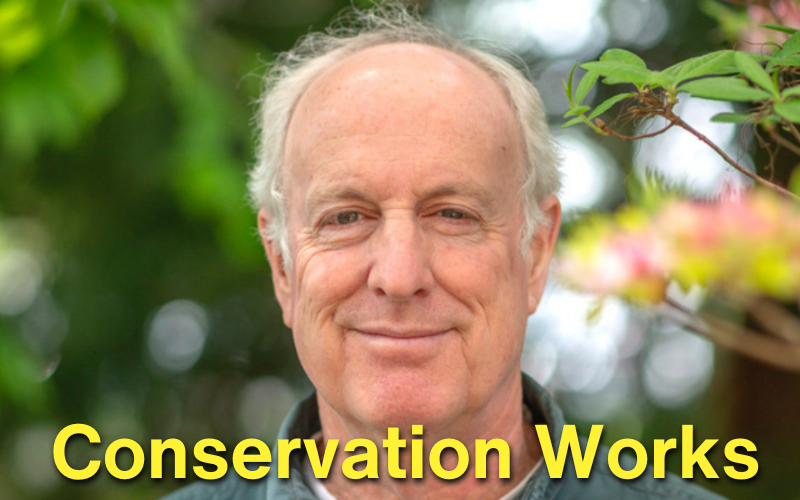It really works!
For years now, I have been claiming that restoration works, that nature is wonderfully resilient, and that, with a little help, she can rebuild biodiversity throughout human-dominated landscapes whenever she is given half a chance.
Tallamy Residence
What has happened on the Tallamy property in southeast Pennsylvania over the past two decades supports these claims. As many of you know, in 2000 my wife and I bought a 10-acre section of a defunct farm that had been in agriculture for nearly 300 years. The last activity on the farm was mowing for hay, which pretty well describes the amount of woody vegetation that was there when we moved in and started to restore the ecosystem.
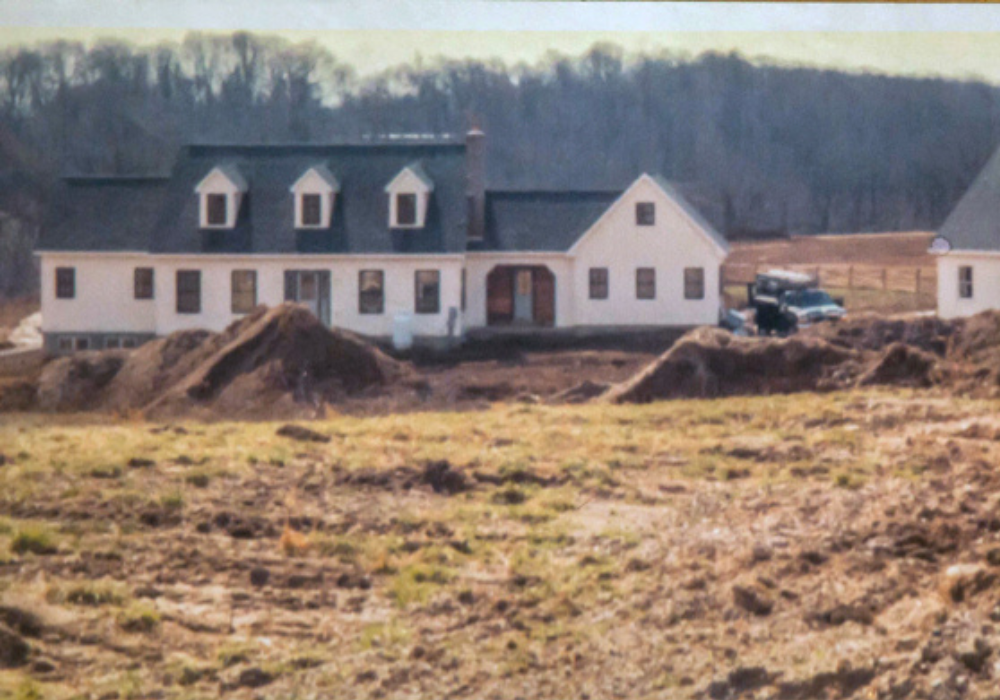
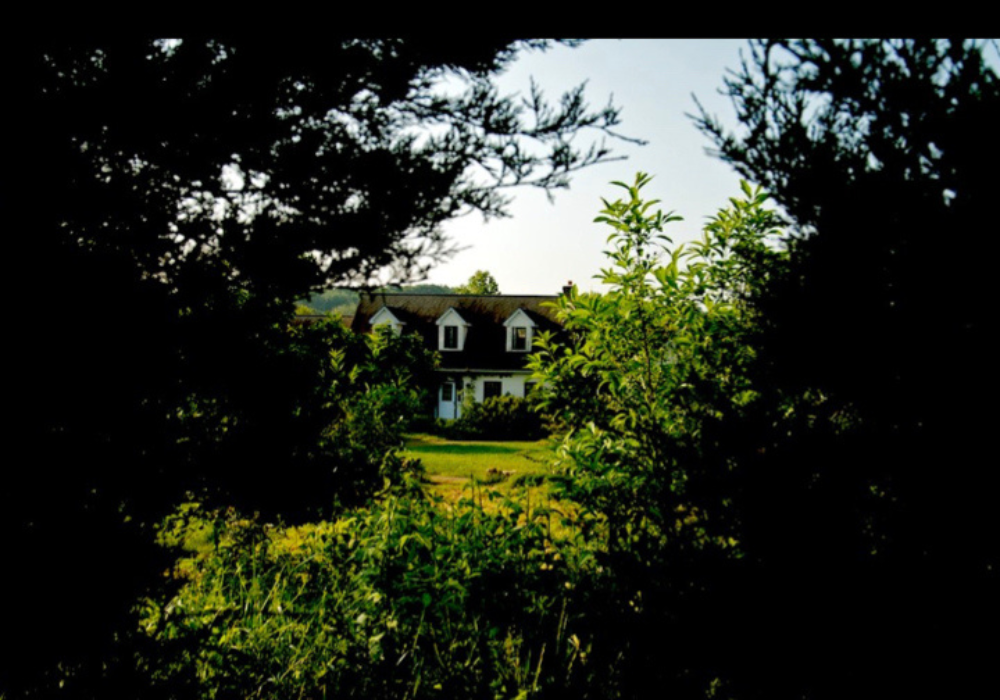
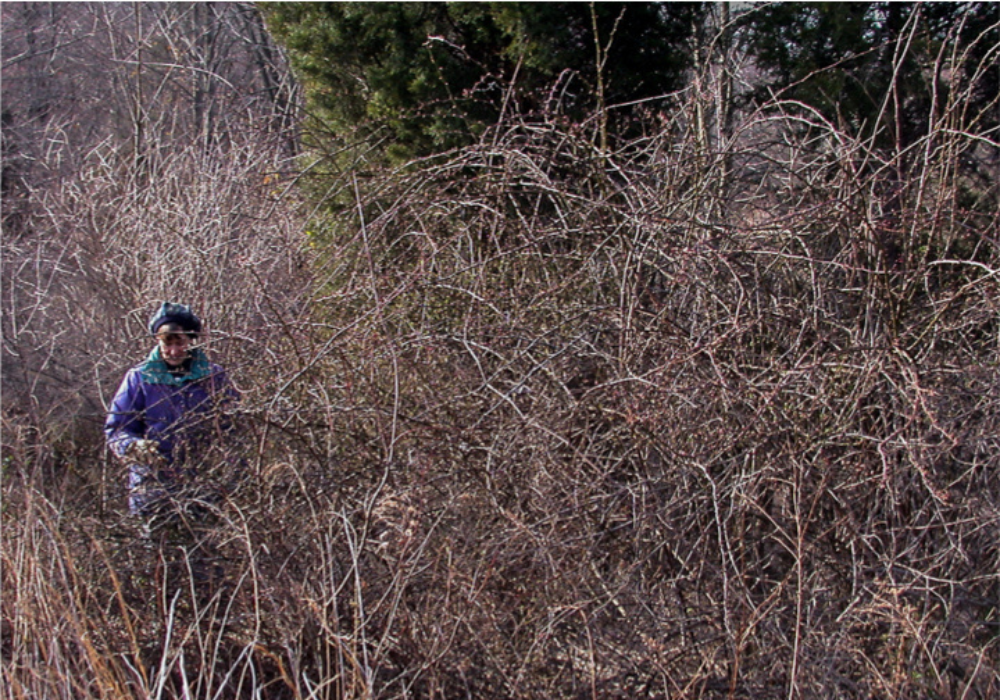
We quickly found that planting native plants and removing invasive Asian plants was enough to put nature’s resilience on full display. To measure the return of nature, I have been photographing every species of moth I have found here and recording the bird species that have bred on our property since we moved in. The tallies to date stand at 1267 moth species and 62 species of birds that have made a living on our property because we put the plants back. And new species continue to arrive! This spring, wood frogs bred for the first time in a tiny pond I dug 22 years ago, and I just received a text from Cindy saying she had heard a hooded warbler in the sideyard this morning for the first time.
But we own 10 acres; it would be hard to claim that our little piece of Pennsylvania represents a typical suburban or urban property. To ask whether planting natives and removing invasives in densely populated areas will actually sustain biodiversity or lure birds, bees, butterflies, and so on to spaces where they can’t thrive is more than legitimate; it is fundamentally necessary. That is, are we creating ecological traps when we encourage people to join Homegrown National Park?
Are We Creating Ecological Traps?
Native Bee Studies
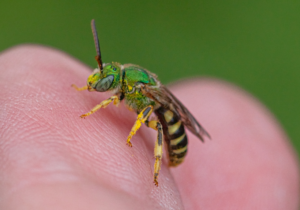 This question deserves more research than it has received thus far, but early studies are very encouraging. For example, Nicole Bell and colleagues recently reviewed the degree to which urban gardens are meeting the needs of native bee species. They examined 28 studies from 14 different countries that had measured populations of 830 bee species and found that both generalist and specialist bees were benefiting from intentional pollinator gardens.
This question deserves more research than it has received thus far, but early studies are very encouraging. For example, Nicole Bell and colleagues recently reviewed the degree to which urban gardens are meeting the needs of native bee species. They examined 28 studies from 14 different countries that had measured populations of 830 bee species and found that both generalist and specialist bees were benefiting from intentional pollinator gardens.
Monarch Butterfly Studies
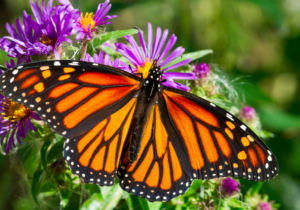 Years ago my student Brian Cutting found that monarch butterflies had higher reproductive success in home gardens than in natural areas; they laid up to 6 times more eggs/milkweed ramet and survived to adulthood better in purposely planted milkweed patches in suburban garden settings.
Years ago my student Brian Cutting found that monarch butterflies had higher reproductive success in home gardens than in natural areas; they laid up to 6 times more eggs/milkweed ramet and survived to adulthood better in purposely planted milkweed patches in suburban garden settings.
Recently Emily Geest and colleagues measured similar benefits for monarchs in home gardens in Omaha, Nebraska. When the weather was good, monarchs survived as well in butterfly gardens and did not have higher levels of disease infections: something that had been of concern for some time. During periods of drought, however, monarchs did much better in home gardens, largely because gardeners kept their host plants watered.
Moth Study
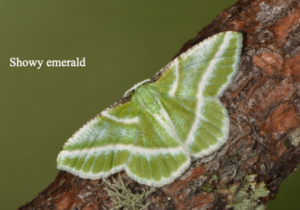 For his master’s research, my student Aaron Hunt found that when urban habitat patches are dominated by native plants, they support small—to medium-sized moths as well as natural areas do, despite the challenges from light pollution and insecticides so common in built landscapes. This is all good news.
For his master’s research, my student Aaron Hunt found that when urban habitat patches are dominated by native plants, they support small—to medium-sized moths as well as natural areas do, despite the challenges from light pollution and insecticides so common in built landscapes. This is all good news.
Carolina Chickadee Study
 Vertebrates can benefit from residential restorations as well. Desiree Narango measured Carolina chickadee breeding success in suburban yards in the Washington DC metropolitan area and found that when the biomass of woody native plants - the target of chickadee foraging - dominated a yard’s vegetation, chickadee populations increased.
Vertebrates can benefit from residential restorations as well. Desiree Narango measured Carolina chickadee breeding success in suburban yards in the Washington DC metropolitan area and found that when the biomass of woody native plants - the target of chickadee foraging - dominated a yard’s vegetation, chickadee populations increased.
Other Studies
A large 20-year study by Benedikt Schmidt in Aargau, an urban center of Switzerland, found that creating small ponds throughout the city increased populations of 10 out of 12 frog and salamander species, despite the network of roads and vehicular threats that take a heavy toll on these creatures.
Finally, Jesus Zuniga-Palacios and colleagues recently analyzed 38 studies from 15 countries on four continents and showed that urban habitats are not ecological traps for most of the 29 animal species studied.
This is not to say that we don’t need to make urban habitats more accommodating to biodiversity than they currently are. We need to reduce light pollution and replace the outdoor lighting that remains with yellow bulbs that do not attract nocturnal insects. We need to end mosquito fogging that kills monarchs, pollinators, and caterpillar bird food without controlling mosquitoes! We need to increase the amount of contributing native plants, decrease the amount of lawn, and continue to remove invasive plants from our properties.
But so far, the science supports my early impressions: you’re increasing biodiversity where you live, work, learn, pray, and play.
Thanks to your dedication and hard work, you've successfully regenerated 100,000 acres in just three years. This is an incredible achievement, but it's only the beginning. To regenerate the next 100,000 acres, your support is needed to reach and inspire many more people to make it happen
Be the hero nature needs. Your support makes a world of difference.

